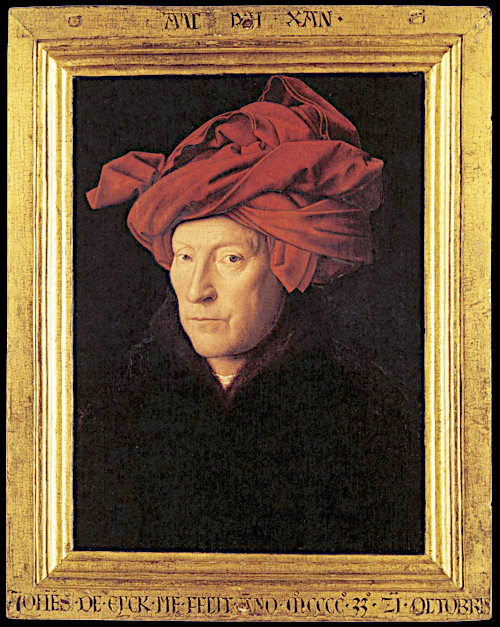Special Topics:
The Self in the Portrait

Leonardo da Vinci's aphorism "every painter paints himself" and Jackson Pollock's observation that "every good painter paints what he is" both point to an assumption we often make about art in general—that the maker of a work of art is somehow distilled in the material object at the time of its creation, that somehow the work of art embodies the self of the artist. This reflexive notion of art-making often justifies a search for autobiographical traces in the design and facture of a work, but especially in works that are (or seem to be) self-portraits. This seminar will examine the long history of self-portraiture in Western art since the 15th century, chiefly in the media of painting, sculpture, print and photography. The course will focus on particular artists who repeatedly turned to self-portraiture as a statement about the origin of art and as a medium of self-fashioning, among them Albrecht Dürer, Rembrandt, Caravaggio, Salvator Rosa, Elizabeth Vigée Lebrun, Angelica Kaufmann, Vincent Van Gogh, James Ensor, Pablo Picasso, Norman Rockwell, Andy Warhol, Adrian Piper and Lorna Simpson. The self-portrait became an important genre in the 16th-century at roughly the same time the aphorism "every painter paints himself" became a commonplace of art theory and the glass mirror became a standard workshop tool. As the social standing of visual artists rose in the early modern period, patrons, collectors and art-experts became increasingly interested in their lives and personalities, while artists themselves devised increasingly ingenious ways of asserting their artistry in their works, giving rise to novel experiments in self-portraiture as well as to diverse forms of autobiographical writing. Through such media of self-representation artists have long attempted to explore the sources of their art, to influence the expectations of viewers and to define the moral or philosophical agendas of their craft-profession.
Estimated Cost of materials: $50-$100.
HISTART category for concentration distributions: D. Europe and the US, 3. Early Modern, 4. Modern
Textbooks: James Hall, The Self-Portrait: A Cultural History, London: Thames & Hudson, 2014 (Hardcover ISBN 978-0-500-23910-0). A coursepack of photocopied readings will also be required.
Course requirements: a research paper, submitted in two drafts (preliminary and revised, 10 to 15 pages); two slide-essay exams.
Intended audience: upper-level undergraduates
Class format: lecture/discussion, meets 1 ½ hours per week